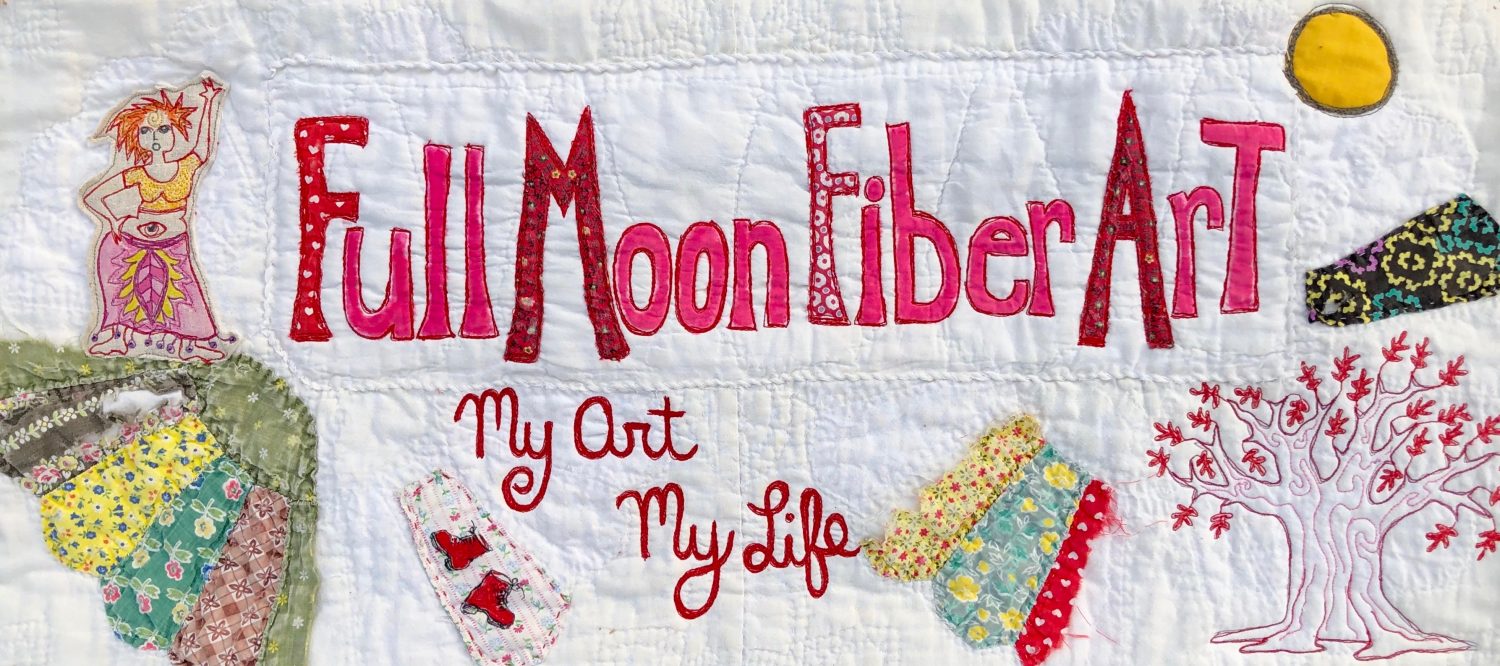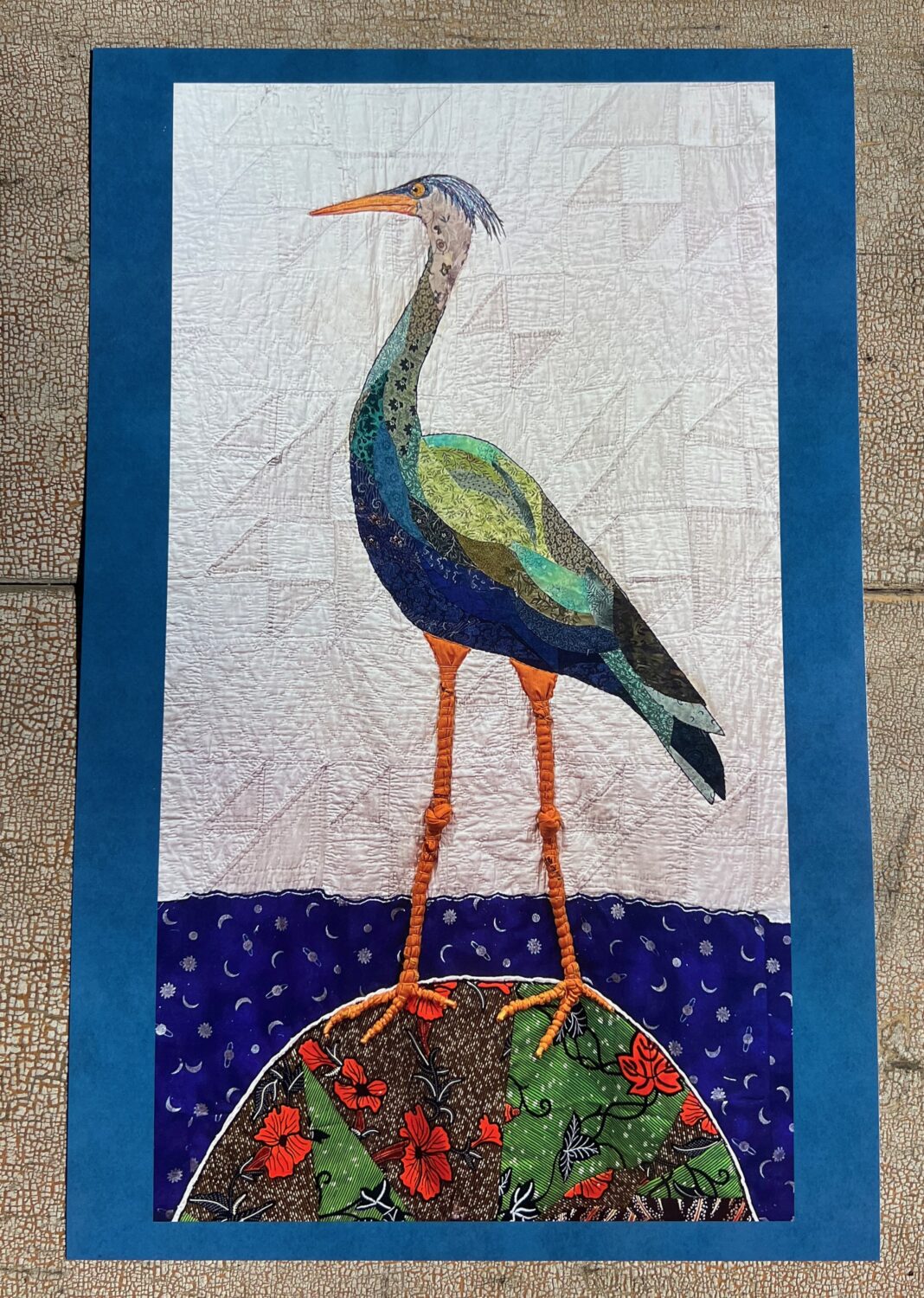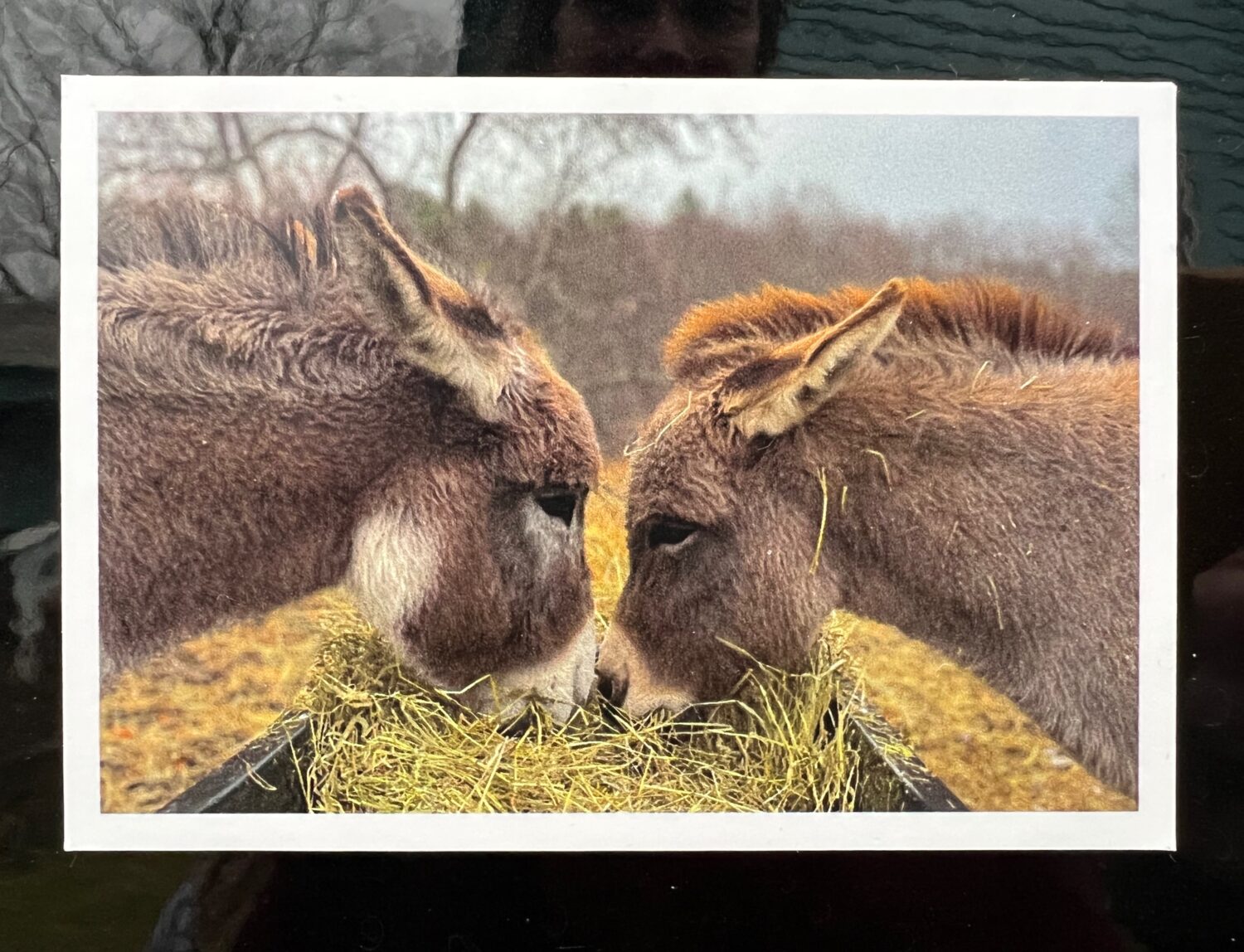
I had never been to a museum with my friend Margaret before. When we got to the Clark Museum in Williamstown MA, Margaret told me how she likes to look at art.
She said she really doesn’t know anything about art. But she looks at a wall in the museum and chooses the picture she’d like to own. A picture she would want to hang in her house. Then she thinks about why she likes it and tells whoever she’s with.
When I was going to art school going to museums and galleries became a chore. I felt like I was supposed to know everything about every piece of art I saw. I felt so much pressure I couldn’t even enjoy what I was seeing.
Now when I go to a museum, I just look at what I like. I do bring my knowledge of art with me, but I don’t let it get in the way of seeing. And half the time I don’t intellectually understand what I’m I’m looking at, but like listening to music, I initially respond with my emotions. If the piece really grabs me I might want to know more about it and I’ll read the little sign on the wall next to it or look into it further. Sometimes I won’t even do that.
There are so many ways to look at art. There isn’t a wrong way or a right way. But I’ve known many people who have been intimidated by art to the point where they don’t even want to look at it. Like you have to have a degree in art history to enjoy art. Or you have to understand it all.
Playwrite and Art collector Edward Albee, would hang a piece of twisted metal he found on the streets of NYC next to a painting worth tens of thousands of dollars. He believed that art depended on the eye of the viewer. That means, each of us gets be a curator and decide not only what art we like, but what art is.
In some ways, art is like science. Lay people aren’t expected to understand what the scientist knows, but we can still benefit from their discoveries. We let the results of their knowledge enter our lives.
With art we don’t have to understand the process or history to appreciate and enjoy it. We just have to open our minds and hearts to it. To be willing to look, and allow the art to have its say. Then, if something in it speaks to us we can have a conversation with it. If not, we can move on.















I find there is a big difference between liking something and appreciating something. Just because I may not particularly like a piece of art it doesn’t mean I don’t appreciate the work or talent that goes into it. The art I enjoy the most is art that you know gave the creator pleasure. Knowing the joy someone like Ed gets out of his junk art makes it more complex and interesting to me. Like your embroidery, Rachel’s illustrations, and Ed’s creations, it’s the story behind the piece that adds beauty to the end product. I like what you said here.
It’s so true John what you said about liking a appreciating. Thanks for that. And the story is such a big part of the art, no matter what it is. Stories can connect people and make someone look at a piece of art differently. Thanks for this .
You described my own experience of art. I love to look, to feast my eyes. I may not care to “know” what the picture is about, techniques used etc. And then again I may be so captivated as to want to know all about a piece and the artist. When seen from the perspective of form, line, color, composition- art is everywhere, our gardens, homes, architecture, nature, random juxtapositions of line, color, form. I love your observation that we are all curators. What I so enjoy about your blog is sharing how you see the world around you. To experience it through your artists eyes.
I’m so glad to be able to do that Lois, and that there are people who care to see it. Thank you.